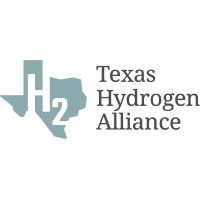University of Surrey creates carbon capture technology that transforms CO2 from the air into clean synthetic fuel
)
Researchers at Surrey University have discovered a method for a more cost-effective system for turning CO2 captured from the air into clean and synthetic fuel by using a unique carbon capture technology they created.
The Dual-Function Material (DFM) process combines carbon capture and conversion, it has the potential to match or even outperform longer standing industry methods. When under optimal conditions, this innovative method can remove carbon at US$740 per tonne, and it is anticipated that as materials improve, this price could also decrease to lower than $400.
The team used superstructure optimization, an advanced modelling technique, to assess an array of configurations, with the intention of identifying the most cost-effective design for capturing 10,000 tonnes of CO2 every year. Through further improvements in material performance and around the cost of catalysts, researchers say that, ‘it could hold promise for large-scale deployment and can be integrated with existing industry infrastructure.’
The innovative technology provides an excellent and economically viable route to help achieve the goal of reaching net zero.
Dr Michael Short, Associate Professor of Process Systems Engineering, commented “For the first time, we’ve been able to demonstrate it can be financially competitive to use DFMs for direct air capture (DAC) – all the while creating clean fuel like methane in the process. Using green hydrogen from renewable electricity and carbon from the atmosphere, our system can help to replace fossil feedstocks in sectors like steel manufacturing. If a steel mill uses this fuel, it could effectively have zero net emissions – offering a sustainable path to decarbonise industries that are otherwise hard to electrify.”
Dr Melis Duyar, Senior Lecturer in Chemical and Process Engineering, mentioned “Recycling carbon in this way is a powerful idea, with potential to create many new value chains and enable energy independence by embedding renewable energy into the production of conventional fuels and chemicals.”



)
)
)
)
)
)
)



)
)
)
)
)
)
)
)
)
)
)
)
)
)

)

)
)
)

)
)
)
)
)
)
)
)
)
)
)

)

)
)
)
)
)
)
)
)
)


)
)
)

)
)
)

)
)
)
)
)

